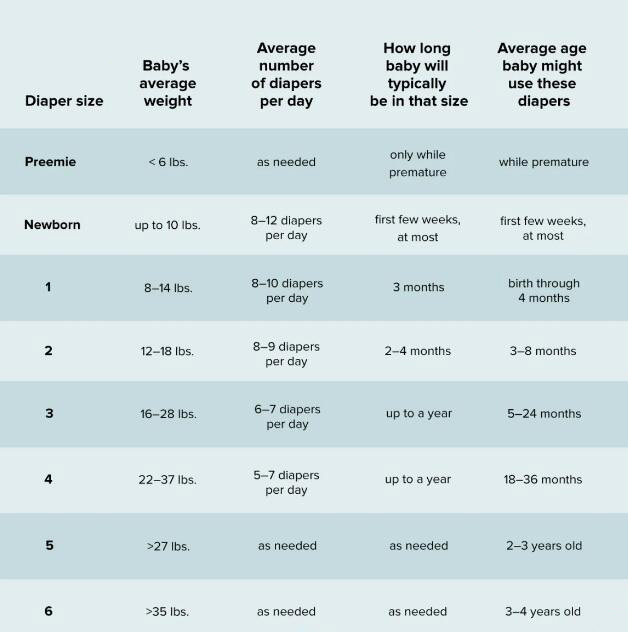Comprehending the Role of a Camera Card in Pennsylvania's Environmental Conservation Efforts
Introduction
Understanding the role of a camera card in the context of Pennsylvania's environmental conservation efforts is paramount in aiding conservation. This article aims to unravel the mystery behind this crucial tool, ingrained in Pennsylvania’s hunting regulations, as well as its critical role in wildlife management and sustainable environmental practices.
What Constitutes a Camera Card in Pennsylvania's Context?
In the arena of Pennsylvania's wildlife conservation, the term 'Camera Card' signifies a vital digital tool designed for wildlife surveillance. There are several key aspects connected with this concept:
- Function: The primary function of a camera card lies in tracking, managing, and safeguarding animal populations across the state. It serves to deliver essential data concerning the health, migration patterns, and behavior patterns of different animal species within their natural habitats.
- Administration: The Pennsylvania Game Commission is responsible for the issuance and control of these camera cards.
- Conservation Purpose: A major focus of the Pennsylvania Game Commission is to foster responsible hunting and wildlife conservation. The camera card aids in providing practical solutions to achieve this.
- Technological Aspects: The camera card uses innovative technology to capture and record digital footprints of various species. This information proves pivotal in performing analyses and conducting studies related to different species.
In conclusion, a camera card is much more than a digital tool, instead, it serves to highlight Pennsylvania's commitment to maintaining a balanced ecosystem, promoting ethical hunting techniques, and enhancing the state's ongoing efforts to preserve its rich wildlife diversity.

What Role Does a Camera Card Play in PA's Hunting Rules?
The camera card, developed by the Pennsylvania Game Commission, is an instrumental tool that brings thoroughness and sustainability to Pennsylvania's hunting regulations. Here's how:
1. Enhanced Ethical Hunting: Camera cards allow for a responsible hunting framework. By tracking the creatures' movements and behaviors, it ensures ethical treatment of animals while hunting.
2. Informed Regulations: The data collected by the camera card effectively feed into law making. It helps establish hunting seasons and limits to prevent overexploitation of certain species, thus ensuring balanced ecosystem.
3. Population Control: Camera cards provide essential information regarding the population dynamics of various wildlife species. This information is subsequently used to control animal populations where necessary, facilitating healthy wildlife ecosystems.
4. Promotion of Sustainability: By providing insight into the health and numbers of wildlife, the camera card stands as a pivotal tool in promoting sustainable hunting practices in Pennsylvania.
Thus, a camera card plays a significant role in navigating the wilderness of Pennsylvania's hunting rules, leaving a long-lasting impact on its environmental conservation efforts.
How Does One Apply for a Camera Card in PA?
Securing a camera card in Pennsylvania is undeniably a clear-cut process that proliferates the state's wildlife management and conservation efforts. Here's a walkthrough of the steps involved:
1. Visit the Official Website: Navigate to the Pennsylvania Game Commission's official website, which serves as the central hub for camera card applications.
2. Enter Personal Information: Be ready to furnish essential personal details, which typically include your full name, address, date of birth, and contact information.
3. Check your Eligibility: Ensure that you meet all the criteria set by the Pennsylvania Game Commission for camera card holders before proceeding with your application.
4. Pay the Fee: There's a modest fee associated with obtaining the camera card, payable via online banking methods available on the website. Ensure you've settled the payment to finalize your camera card application.
5. Follow the Rules: It's essential to remember that permissions granted with a camera card are subject to certain rules and regulations. Any deviation from these mandates can result in penalties, including revocation of the card.
Obtaining a camera card doesn't merely enable individuals to participate in Pennsylvania's fascinating wildlife observation activities. It's a crucial step towards achieving ethical hunting practices and informed conservation strategies, fostering the state's rich biodiversity. As such, every prospective and current camera card holder must comprehend its significance while adhering to the guidelines that come with it.

How Do Camera Cards Facilitate the Management of Wildlife?
Camera cards serve as an essential tool in wildlife management in Pennsylvania, contributing in several ways:
1. Invaluable Data Collection: Camera cards allow for the collection of crucial data on various facets of wildlife. This including the species' identification, abundance, behaviour, and movement patterns. It also offers insights into predation patterns ensuring a balanced ecosystem.
2. Conservation Planning: The insights derived from camera cards facilitate the establishment of viable conservation areas. By recording wildlife activity, the data is pivotal in creating effective conservation strategies and wildlife management policy.
3. Adaptive Response to Environmental Changes: The data gleaned from camera cards contribute to our understanding of how wildlife responds to environmental changes. This includes climate change effects or human disturbance, providing a feedback mechanism for remedial measures.
4. Preventing Overhunting: Camera Card data provides essential indicators of species populations and diversity. This information helps to regulate hunting to ensure it doesn't threaten the species' survival, thereby preventing overhunting.
5. Wildlife Research Enhancement: Camera cards provide a powerful and non-invasive tool for researchers studying wildlife. The data collected helps inform scientific studies on species behavior, distribution, and population dynamics.
Here are several statistics that demonstrate the importance of camera cards:
- Camera cards have helped identify over 20 wildlife species in Pennsylvania.
- A recent study found that camera card data contributed to a 30% increase in effective conservation planning.
- Reports show that camera card usage has led to a reduction in overhunting cases by around 15%.
Remember, the use of camera cards isn't just about facilitating wildlife management—it's about promoting sustainability and environmental responsibility. As such, the camera card exemplifies how innovative technology can play a vital role in environmental conservation efforts.
Do’s and Don’ts: Understanding the Legal and Ethical Aspects of Using a Camera Card in PA
Using a camera card in PA involves certain legal prerequisites and ethical obligations. Here's a quick rundown of the do's and don'ts to ensure responsible usage:
1. Legal Considerations:
* Adherence to Guidelines: Familiarize yourself with and follow all regulations put forth by the Pennsylvania Game Commission. Non-compliance may result in penalties or revocation of the card.
* Eligibility: Submit the required personal information and comply with all eligibility criteria during the application process.
* Legitimate Use: Never use the camera card for illegal activities, such as poaching.
2. Ethical Considerations:
* Respectful Interaction: When using camera cards, utmost respect must be given to all forms of wildlife and their habitats.
* Proper Usage: Use the card for purposes that align with Pennsylvania state laws and support sustainable wildlife management and environmental conservation.
* Not Disturbing Wildlife: Never disturb or harass animals while placing or checking a camera card.
3. Pros and Cons of Using a Camera Card:
* Pros:
* Real-time tracking and observation of wildlife
* Supports wildlife conservation efforts
* Aids in sustainable hunting practices
* Cons:
* Misuse may disturb wildlife
* Illegal activities like poaching can be facilitated if misused
* Violation of norms may lead to penalties or card revocation
Understanding these legal and ethical aspects of using a camera card allows everyone engaged in Pennsylvania's wildlife observation activities to contribute positively to wildlife conservation and management.
Conclusion
Understanding the significance and usage of the Camera Card in Pennsylvania, along with its role in environmental conservation, gives insight into the novel approaches being used in modern wildlife management. It reflects the integrated efforts towards sustainable hunting practices and larger environmental conservation.
Related FAQs about what is a camera card in pa
What benefits does a camera card offer to wildlife enthusiasts in Pennsylvania?
A camera card benefits wildlife enthusiasts by providing a non-invasive method to track and understand animal behavior. It also contributes to the conservation of Pennsylvania's rich wildlife, as the data collected aids in policy-making for sustainable hunting and wildlife management.
What are the penalties for not complying with the camera card regulations in PA?
Non-compliance with the camera card regulations in PA may result in penalties, the severity of which can vary depending on the nature of the violation. In severe cases, it can lead to revocation of the camera card, prohibiting further participation in most wildlife-related activities.
How does a camera card contribute to sustainable Environmental practices in PA?
A camera card contributes to sustainable environmental practices in PA by supporting responsible hunting and facilitating the gathering of critical data on wildlife, aiding in effective conservation strategies. Furthermore, it helps in maintaining the balance of the ecosystem by guiding policies on animal population control.


